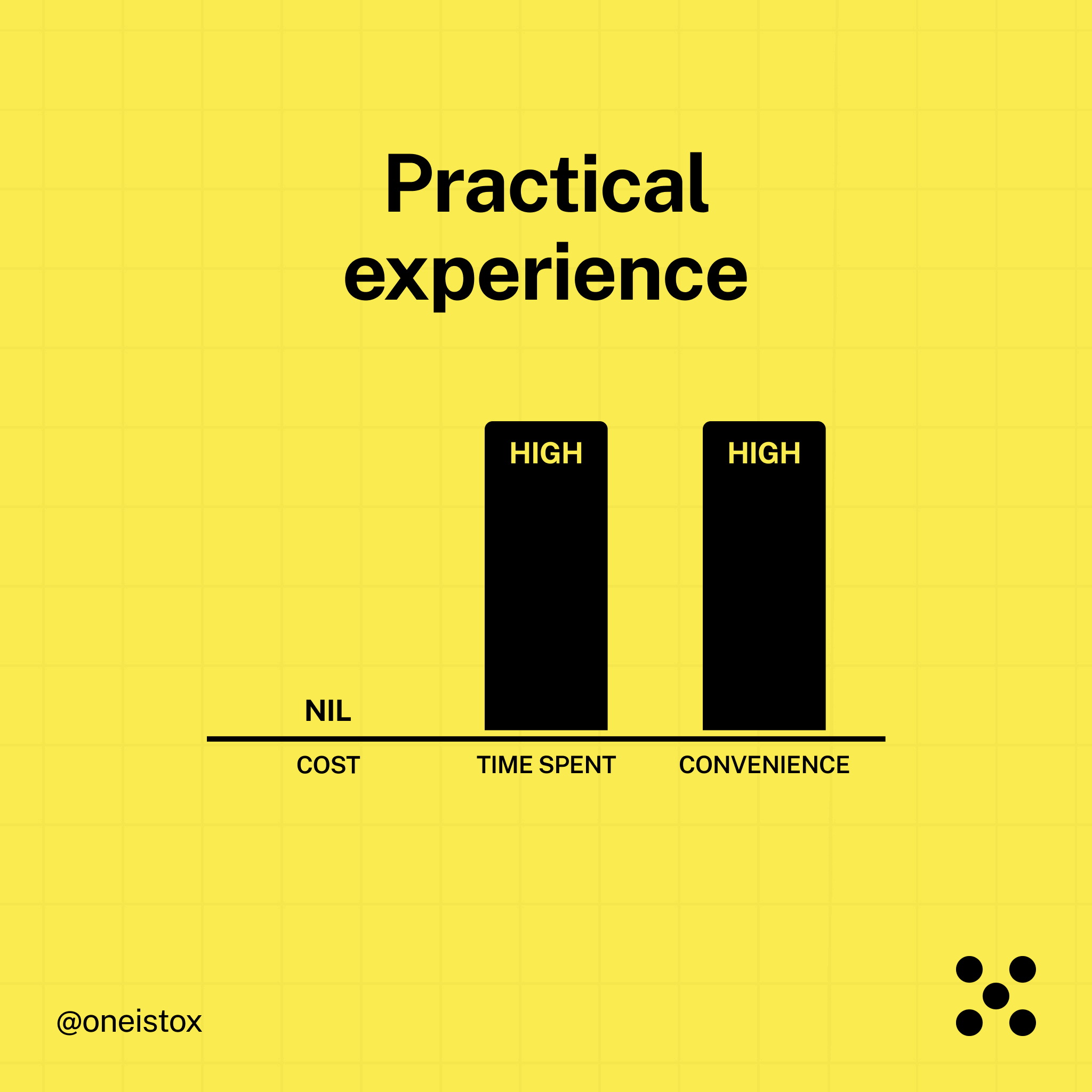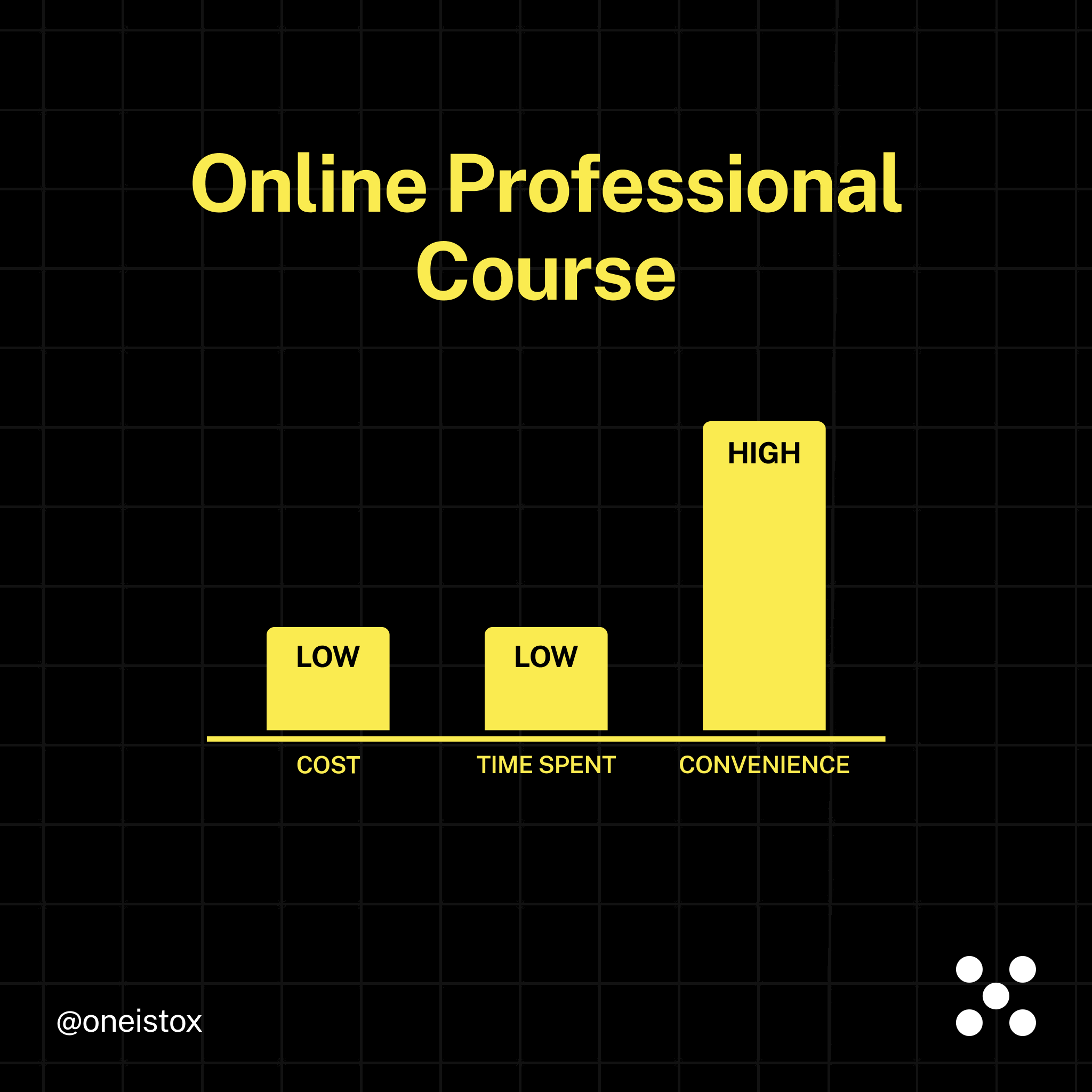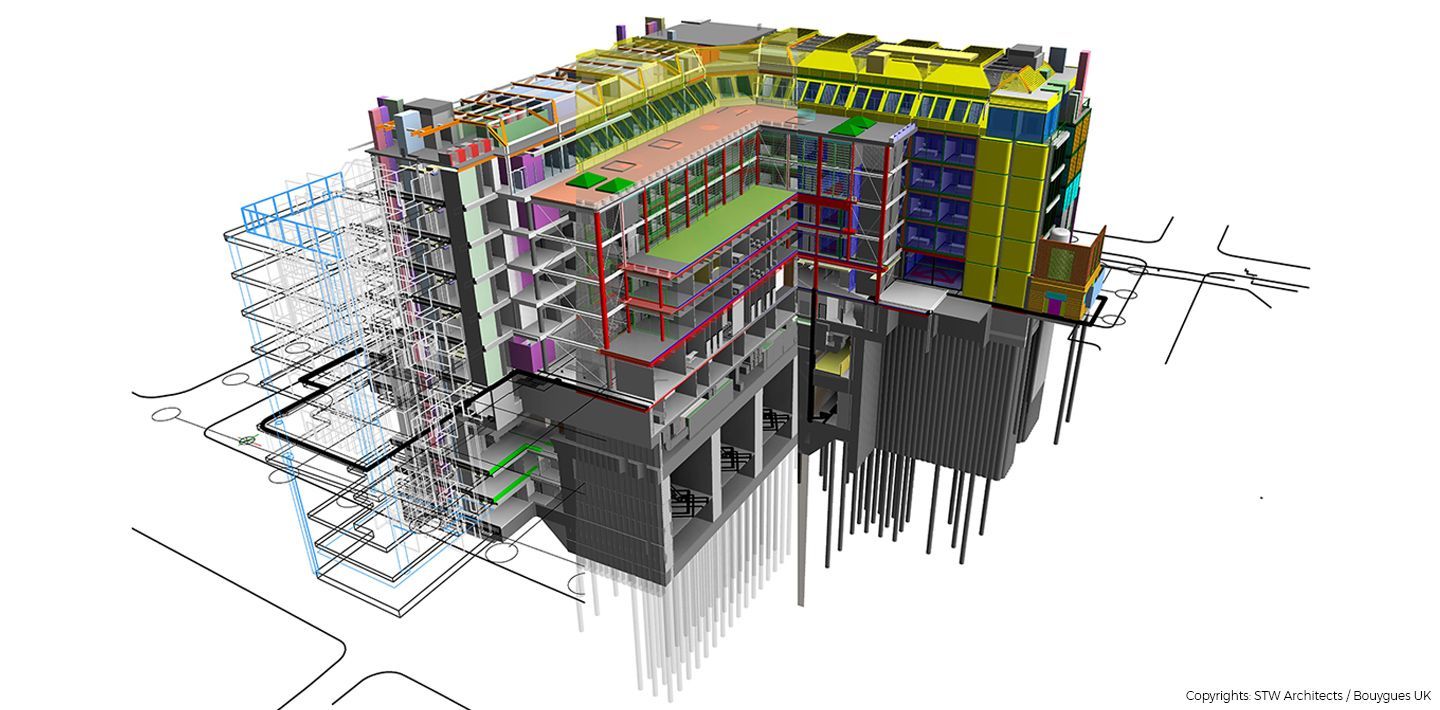PROGRAMS
Join thousands of people who organise
work and life with Novatr.
3 Ways to Learn BIM and Become a BIM Professional (2022)
Neha Sharma
12 min read
September 11

Let’s begin by addressing the basic questions you may have about BIM.
What is BIM?
BIM or Building Information Modelling is the method of creating, assessing and managing the physical attributes of a built form. It is represented digitally by employing various software and tools such as Revit, ArchiCAD, Navisworks, Dynamo, et cetera. Due to its reliance on digital asset management and cloud computing, BIM is proving to be a much more efficient way of working for AEC firms, as compared to the traditional modes of drafting and non-digital information management. Unequivocally, BIM has enabled architects and engineers to anticipate better careers down this path.
[Wish to learn more about BIM? Read our Complete BIM Guide.]

Is BIM a Good Career Choice?
Let us analyse some facts related to BIM and the AEC industry to see if a career in BIM is worthwhile.
Fact #1: BIM Adoption is Soaring
In some countries, it is necessary to use BIM for government projects. Some of the nations that are ahead of the curve in BIM adoption – such as the UK, France, Hong Kong, Germany, Denmark, UAE and Singapore – have made BIM implementation mandatory for large-scale government and public infrastructure projects. While there is no specific government mandate in the USA, China and Australia, the best multinational AEC firms here have been quick in deploying BIM for all their projects as it has helped reduce project completion time by 7% and increased productivity up to 240%!
Fact #2: High Demand for BIM-skilled Professionals
It is pretty obvious that BIM-first countries have a high requirement for BIM-skilled professionals. But those that haven’t caught up yet, thanks to the many challenges BIM implementation poses, have an even higher demand. These nations (mostly developing ones like India) need a higher number of professionals who can lead the BIM transition at a much faster pace, in a situation where architecture and engineering curriculums are nowhere close to equipping graduates with these digital skills.
[Curious to know why architecture education is lagging? Check out our YouTube video on - What is wrong with Architecture education in India and how do we fix it?]
Fact #3: BIM Professionals Get Better Salaries
High demand but low supply? The money has to move somewhere, right? That is reflected in the salaries of BIM professionals worldwide, which are, on average, 40% higher than the salaries of non-BIM professionals!

So, what do these facts imply?
1. You need to know BIM in order to have a fruitful career in countries that have already adopted BIM.
2. You can also have a fruitful career in countries that are relatively slow in BIM adoption as the demand (or desperation, rather) for skilled professionals here is even higher.
3. Having BIM skills can give you an upper hand while applying for jobs at the best multinational AEC companies worldwide.
4. You can escape your mundane, low-paying architecture/engineering jobs and move to careers that are more exciting, fast-paced and financially rewarding.
Now that we’ve established that a career in BIM can be quite lucrative, let’s compare the 3 most popular ways to learn BIM and help you pick the most suitable option for yourself.

1. Master’s in BIM
This is the most obvious thing that comes to mind when you wish to ‘master’ a field. But BIM being a relatively new domain has left aspirants with very few options for a master’s in BIM. Most of them happen to be provided by international universities among the most developed nations and may require you to go overseas to pursue them. This can not only hit you hard financially but also come at the expense of your time and convenience. Let us understand how.

Cost: High
The total tuition fee for an M. Arch can range anywhere from $16,000 to $80,000 in the USA, and £9,000 to £47,000 in the UK - which translates to about ₹9L to 65L for Indian nationals. And this is just the tuition fee! The true ‘cost’ of your master’s degree will include all the finances necessary for you to start and end your degree successfully before you can start earning. Application fees, relocation costs, living expenses, and other miscellaneous expenses - all these make up the ‘cost’ of your master’s degree in BIM.
Time: High
In general, M.Arch courses are 2 years long. Some are even longer, and very few are of a lesser duration. Whether or not 2 years is enough to become a BIM expert depends on your individual capabilities. But this duration, objectively, is a long one! And we’re talking about devoting all your time to the master’s degree, which means you lose the opportunity to work, gain experience, or earn a regular salary during this long time period.
Convenience: Low
Paying the total cost of a master’s degree may require people to take out huge loans. If you have it all planned from the very beginning, the entire process doesn’t seem as daunting, but otherwise, makes for an inconvenient ordeal.
2. Practical Experience in BIM Companies
One of the simplest and foolproof ways to become an expert in a subject is to gain ample hands-on experience. ‘Learning on the job’ is now a norm and constantly pushes individuals to expand their boundaries.

Cost: Nil
Well, if you decide to go this route, you would be the one earning rather than paying a fee to learn this skill.
Time: High
The time taken, however, is more here considering the fact that you’d be expected to know the basics of BIM or at least be well-versed with BIM software (mostly Revit) beforehand to be able to start working as a BIM modeller (an entry-level BIM job). Normally, AEC firms put new employees through a 6-month training period (often without pay) to equip them with basic BIM software skills and knowledge of the digital processes. It is only after this training that employees begin slowly taking on more BIM projects and thereafter are able to acquire industry knowledge year on year. Additionally, to get into the best BIM companies worldwide, having a portfolio that highlights your BIM skills is a must.
Convenience: High
In comparison to a master’s degree, trying to land a job at a BIM firm is convenient as it doesn’t require you to go out of your way. The only effort needed from your side is to get acquainted with BIM concepts and learn relevant software. As you gain experience, your BIM job profiles will keep evolving.
3. Online Professional Courses in BIM
Now, here’s a middle ground!
If you are someone who likes to master a skill in a structured fashion without having to overtax yourself with a master’s degree, then online courses are for you. E-learning has taken over a huge space in mainstream educational practices rather quickly now - the major driving force being the global pandemic. Its instantaneous uprise has made knowledge sharing and skill building truly democratic.
A report from the World Economic Forum states that “people are increasingly accessing online courses to help them navigate today’s ever-changing labour market. Additionally, online learning is helping to close the widening global skill gap”.

Cost: Low
With the abundance of online BIM course options available, it isn’t difficult to find one suitable for your needs and within your budget. Even the most advanced certified online courses come at a fraction of the cost of a master’s degree. As you can access the course remotely, the cost of relocation is also completely eliminated.
Time: Low
Are a few weeks/months considered a long duration for earnest skill development? I think not! Most online BIM courses are a few weeks long, some a few months long, depending on the course content, frequency of classes/sessions, and how the curriculum is designed. Part-time courses are a win-win as you can learn without having to quit your full-time job.
Convenience: High
An online BIM course is highly convenient as you need not devote exceptionally long hours to it. The convenience factor further improves by not having the need to commute/travel/shift to the location of classes, saving a lot of time and energy. You could learn BIM how you want when you want. Once you’ve completed an online BIM course and gained the necessary skills, you can start working right away without having to go through additional training at your workplace and flash past the low-salary period during company training.
So if you’re keen on becoming a BIM professional but are unsure of going for a master’s degree and lack the skills to land a BIM job, then online certificate courses are the way to go!
One such course you can take up is Novatr’s BIM Professional Course. It is a 6-month intensive part-time course suitable for Architecture and civil engineering graduates and professionals. Throughout the course, the learners will
● Learn the theoretical concepts of BIM
● Get well-versed with the entire BIM processes and workflows
● Learn 7+ in-demand, industry-relevant BIM software and tools
● Apply and practice their BIM skills through a live simulated RIBA structured capstone project
● Get mentored by global BIM experts throughout the course
● Built amazing BIM portfolios and get placement assistance
The best part? Learning BIM with Novatr is an exciting, gamified experience! Watch the video to understand how.
So why wait till learning BIM becomes standardised? Stay ahead of the curve and upskill with Novatr today!
Want more insights on BIM and careers in AEC? Head to our free Resources.

Join 100,000 designers who read us every month


